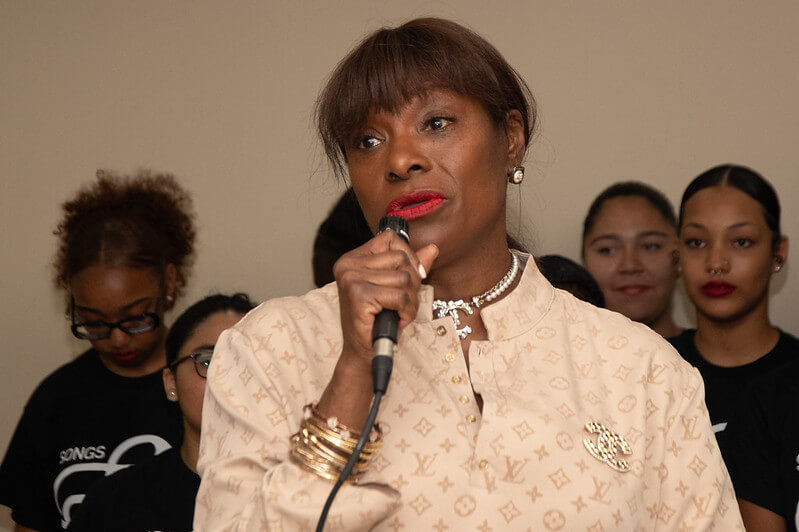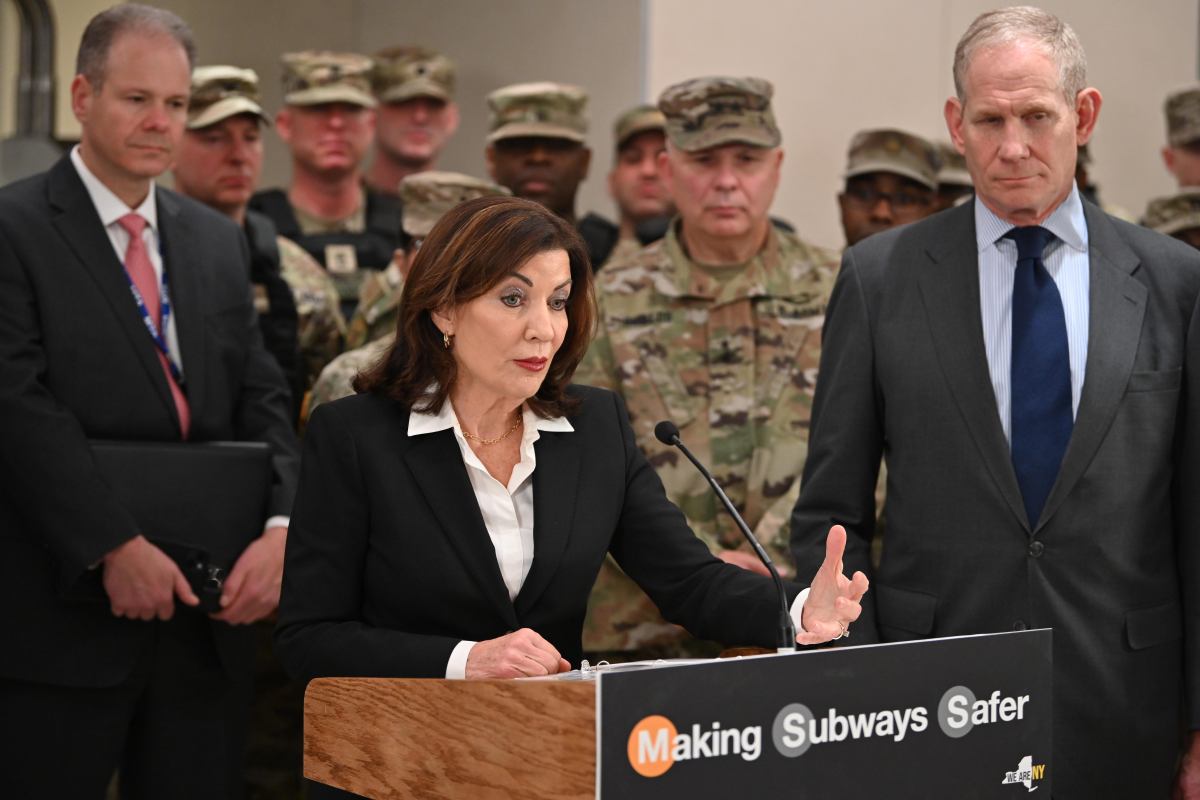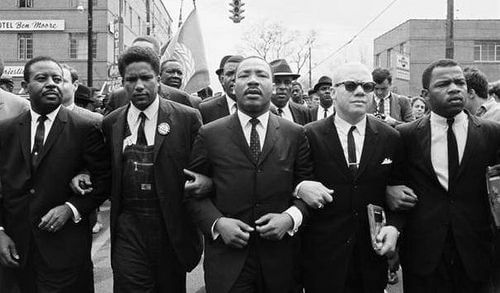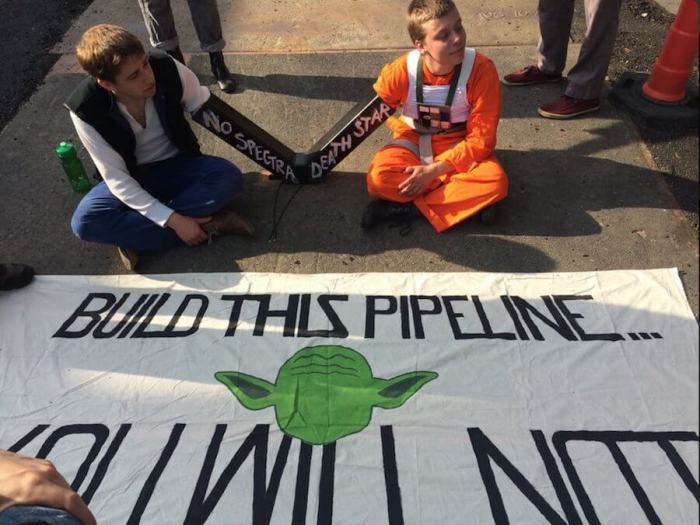Half a million people marched along the National Mall in the Women’s March on Washington as a direct rebuttal to President Donald Trump’s inauguration. That’s a conservative figure when stacked up against the estimated 3 million across the U.S who stood in public dissent against the 45th president. And as throngs of crowds cutting across generational lines swarmed cities across the nation, their presence was highlightedby the notion that they’re not going away.
Saturday’s show of solidarity is now considered the largest protest in the nation’s history. While many spent Sunday celebrating their success and sisterhood, a group of lawyers and leaders gathered to discuss the next steps for la Résistance. Vanessa Williams was among those who attended the Rise Above conference in Washington this weekend to organize with like-minded activists, attend lectures to learn how to join local government and to brainstorm how to use the law to hold the Trump administrationaccountable. At its core, Rise Above is also about keeping the momentum alive, Williams said. Unlike Occupy Wall Street and its related protests, this movement is looking for lasting power, and is developing plans to succeed. First on thelist of advice? Join a grassroots organization.
Williams is one of the administratorson a private activist-centricFacebook page, FIERCE: Pennsylvania. Its 13,000-some members share news articles,organize events like Tuesdays withToomey and marches across the state, and share tips on calling elected officials. Of course, it’s not just for residents of the Keystone State.
“There’s organizations like mine in every neighborhood and across the whole U.S., and you saw that reflected in marches Saturday,” Williams said, referencing demonstrations taking place in small Pennsylvania towns as well as its larger cities. She estimated about 1 million people nationwide are members in her and similar grassroots groups — and they’ve only been organized since Election Day. But even that headcount is conservative, especially considering Saturday’s turnout. As these groups grow, Williams said, they’re also becoming more organized. The weekend march in Washington began as a Facebook post after the election, underscoring the power of the social-networking tool for social change. A common thread in FIERCE: Pennsylvania and similar groupsencourage members to call their senators and congressmen to voice their grievances with certain legislation.
Organizers of the Women’s March on Washington are also taking action to keep the movement alive. They’ve launched a website campaign this weekend: 10 Actions for the First 100 Days. Every 10 days, activists are given a new task to become more politically involved. The first assignment urges supporters to write a letter to their elected representative to tell them what issues matters to them. Beyond that, Williams is urging her fellow netroots to be more than “armchair activists.”
“Run for office,” Williams said, highlighting a major push in Philadelphia and other major cities to encourage non-political persons to become actively involved in their local government. In Philly, progressive groups are hosting workshops and panels to inform citizens on the political process, and train them on running for neighborhood election boards. New York City,Denverand other cities are seeing homegrown advocacy groups and local chapters of national political action committees encourage the public to bring greater representation to local government. Emily’s List, a Washington-based PAC aimed at getting pro-choice women into office is one of them. Among its supported members in 2016 were Democratic presidential candidate Hillary Clinton, Rep.Nydia Velázquez, D-N.Y, and Democratic senatorial candidate Katie McGinty. The organization hosted an event in Washington after the inauguration that attracted women from around the country, urging them to bring representation and perspective to elected offices. Recently, Emily’s List launched the Stop Trump fund.
“We now have a president who is set on repealing Obamacare and ready to sign anti-choice legislation into law,” Emily’s List President Stephanie Schriock wrote in an email newsletter to subscribers. “We don’t know all President Trump and his fellow Republicans have planned, but one thing is clear: the consequences of this presidency will be felt far and wide.” That’s another one of Williams’ calls to action: Give. If not money, then time, books or clothing. Williams, who works in public relations in addition to her role as an activism organizer, said affecting your local community through charitable giving is a way to directly impact your surroundings. Or give time, and attend school board and city council meetings to hold elected officials accountable and make your voice heard, she said.
To those who think their phone calls and letters to elected officials don’t matter, or they are unqualified for office, or whose concerns are shot down at local meetings, Williams encouraged persistence. “Focus on small wins,” she said. “Your one little piece is so much stronger when there’s more of us.”
What’s next for the resistance?
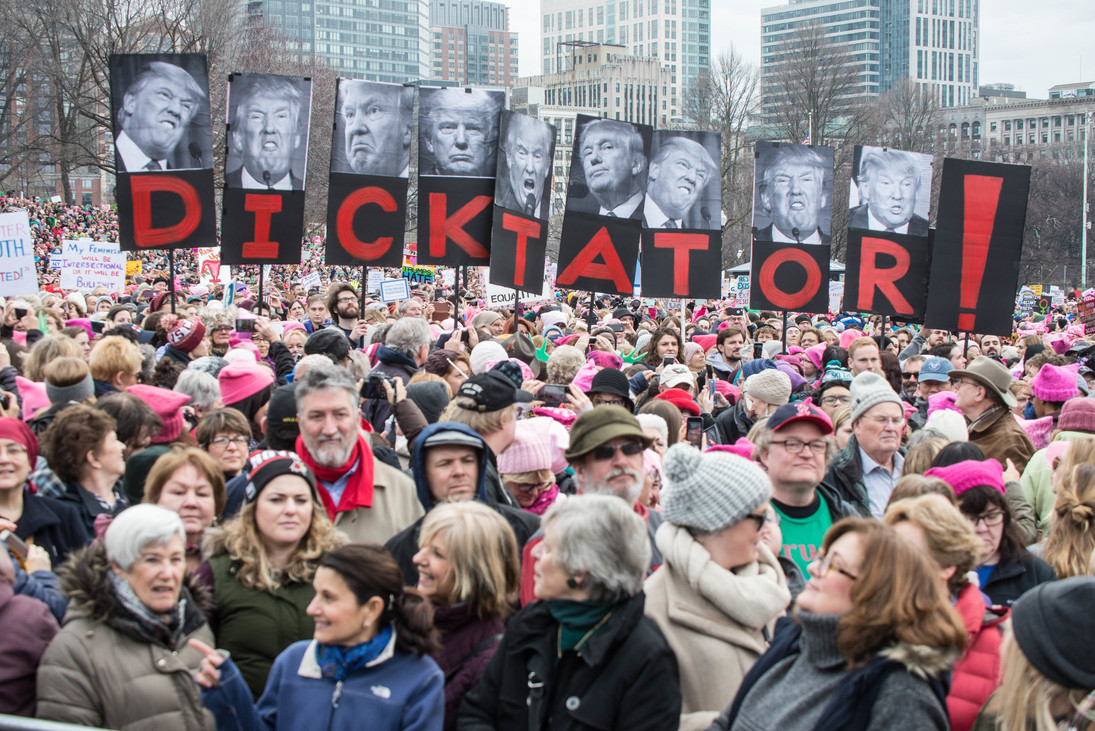
Derek Kouyoumjian for Metro












